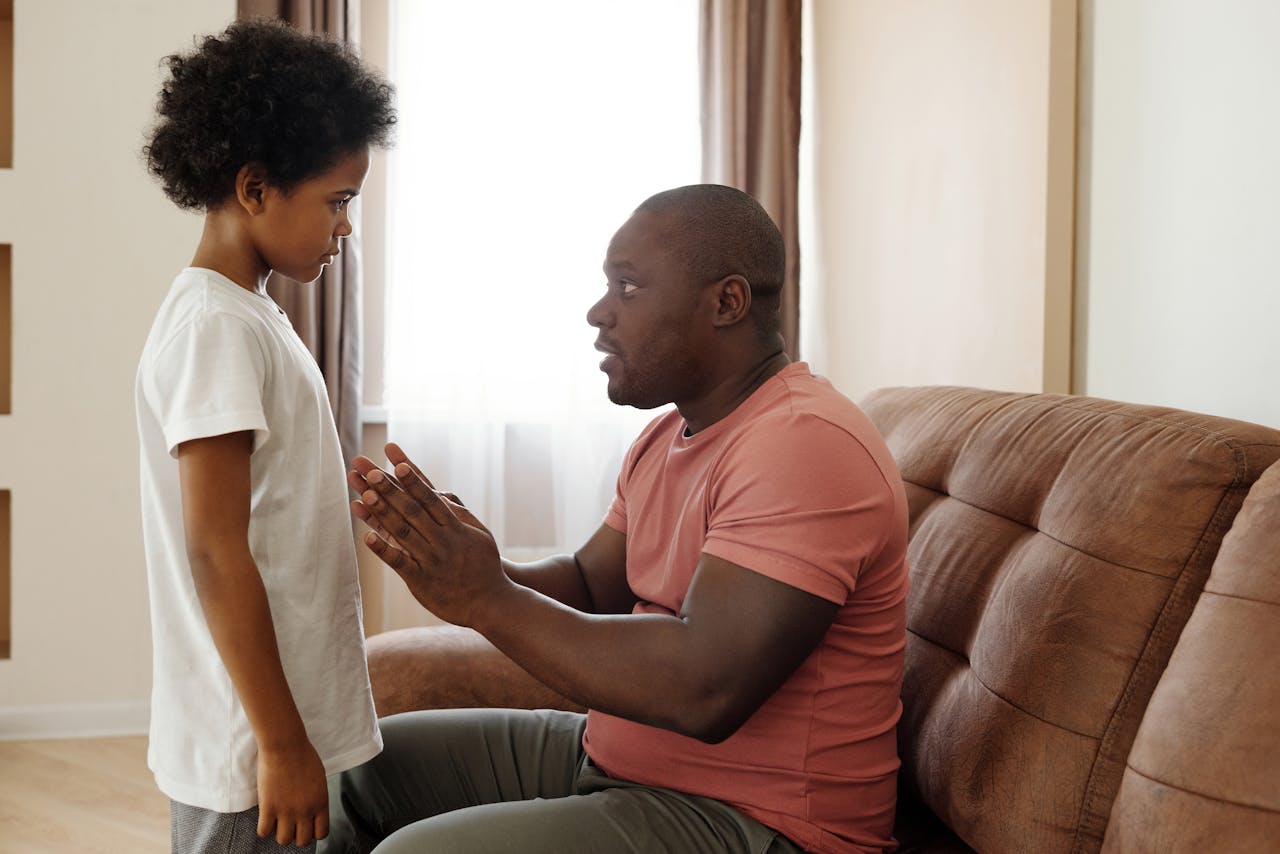Explaining Hospice Care to Kids

January 09, 2025
Explaining hospice care to children can be challenging, yet it’s important they understand what is happening. Kids often have vivid imaginations, and offering clear, simple explanations can help them comprehend the changes in their family. This not only reassures them but also lets them know it’s okay to express their feelings.
Kids might have a lot of questions about what’s going on. They may wonder why their family member can’t come home or if hospice means goodbye forever. Answering their questions honestly but gently can provide comfort and reduce anxiety. Involving them in the process can make them feel more connected and less isolated.
Understanding hospice care is only one part of helping children during this time. Providing emotional support is just as crucial. It helps them navigate their feelings and know they aren’t alone. This blog offers insights on how to talk to kids about hospice care, answer their questions, and ensure they feel supported throughout the experience.
Understanding Hospice Care: A Kid-Friendly Explanation
Helping kids understand hospice care can make the situation less confusing for them. It’s important to use simple language and concrete examples that they can relate to. Start by explaining that hospice is a special type of care that helps people who are very sick. This care focuses on keeping the person comfortable, rather than trying to cure them, which might help clarify the purpose of hospice.
You might say, “Hospice is when doctors and nurses work hard to make sure someone feels safe and as comfortable as possible. They give medicine to help with pain and make sure the person has everything they need.” It’s also useful to describe the environment, mentioning that the place may look like home, with a bed, favourite pillow, or pictures, making it a soothing spot for the family member.
Children could benefit from knowing that hospice care includes support for the whole family. This might mean a friendly nurse is around to chat and answer questions if they’re feeling scared or confused. Let them know it’s okay to visit and spend time doing activities like reading or playing music, which can offer both comfort and familiarity in an uncertain time.
Answering Common Questions Kids Have
When children learn about hospice, they often have questions because they want to understand what’s happening to their loved ones. Answering these questions truthfully and gently helps lessen their fears and worries. Let’s look at some common questions and ways to respond.
- “What does ‘hospice’ mean?”: Explain that hospice is a kind of care where doctors help someone feel as good as they can without trying to fix what’s making them sick. It’s about comfort and peace.
- “Why can’t they come home?”: Kids might not grasp why their loved one isn’t at home. Explain that hospice is like having a helpful nurse there all the time to ensure their loved one is comfy and safe; sometimes, that’s best done in a special place.
- “Will I see them again?”: Be gentle with this question. You can say, “Right now, we can visit them and be together. We don’t always know how much time is left, but we cherish every moment we have.”
- “What happens when someone passes away?”: Children might be curious about death. Describe it as a part of life when the body stops working, and while it can be very sad, it’s also okay to remember the happy times shared.
These honest and simple explanations provide understanding and comfort to kids, helping them feel secure even when facing tough questions. Addressing their concerns directly ensures they feel heard and assures them that they can always ask more questions whenever they need to.
How Kids Can Help and Feel Involved
Involving kids in caring for a family member in hospice can empower them and make difficult experiences more manageable. By participating, children often feel more connected and less helpless. Encourage them to be part of the caregiving process in ways that are appropriate for their age and abilities.
- Crafts and Letters: Kids can create cards or drawings for their loved ones. This activity helps them express their feelings creatively. It also provides a tangible way to show their love and support.
- Reading and Storytelling: Encourage children to read their favourite books or tell stories. These moments provide comfort and distraction, creating cherished memories for everyone involved.
- Helping with Meals: If appropriate, let kids assist with simple tasks like making a small snack or bringing water. These responsibilities make them feel helpful and engaged.
- Being Present: Simply spending time with their loved one is beneficial. Encourage children to sit, hold hands, or play soft music. Sometimes, just being there is presence enough.
- Memory Sharing: Sharing happy memories or looking through photo albums together can be comforting. It helps everyone focus on good times and strengthens emotional bonds.
Involving kids in these ways not only helps them feel useful but also deepens the connection with their loved one, providing emotional satisfaction and closure.
Providing Emotional Support to Children
Supporting a child emotionally during the hospice journey requires patience and understanding. Kids may experience a range of feelings, including confusion, sadness, or anxiety. Offering consistent support helps them navigate these emotions and feel more secure.
Begin by reassuring children that their feelings are normal and valid. Encourage open conversations where they can express themselves without fear of judgement. Let them know it’s okay to feel sad or confused and that they can share their thoughts anytime.
Create a safe space for them to talk by setting aside regular times to check in emotionally. Ask them how they’re feeling and if there’s anything they want to talk about. Be prepared to listen more than you speak, allowing them to guide the conversation.
Use stories or books that deal with themes of illness and loss to help explain complex emotions. These can serve as conversation starters and provide comfort, showing kids they’re not alone in their feelings.
Additionally, consider involving professional counsellors if needed. They can offer targeted support to children, helping them process their emotions in a healthy way.
Maintaining a supportive environment ensures that kids feel loved and understood, even as they face challenging experiences. This foundation helps them grow resilient, knowing they have a steady support system.
Conclusion
Helping children understand hospice care and involving them in the process can transform a challenging time into a meaningful experience. By answering their questions honestly and providing opportunities to engage with their loved ones, families can create a sense of connection and security. Emotional support plays a critical role, offering a safe haven for children to express their feelings and find comfort in difficult moments.
At Inspire Hospice, we understand the importance of family and support during this time. Our team is dedicated to providing compassionate care that extends to every family member, ensuring you don’t face this journey alone. Contact us to find out how our personalised hospice care services can help guide you and your family with empathy and expertise, making every moment with your loved ones count.
Filed under:
Articles and Resource Topics

A Registered Nurse is available to answer your questions about hospice and palliative care services:
- Discuss your unique situation to determine how Inspire services can be tailored to care for you and your family
- Discuss insurance, Medicare and answer other concerns about eligibility, benefits, and other care options
- Answer any questions you have about comfort care



